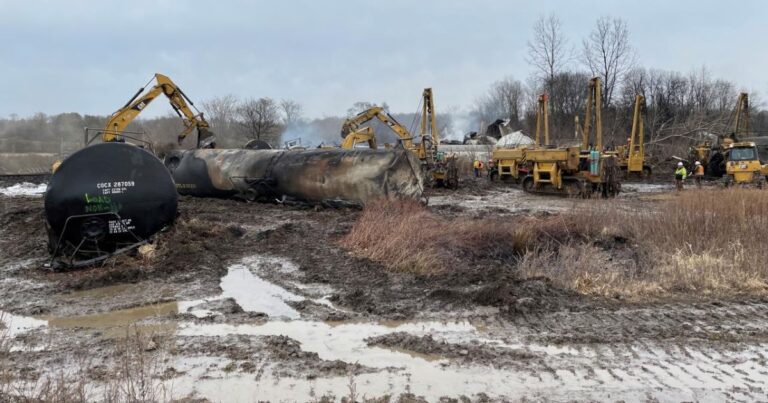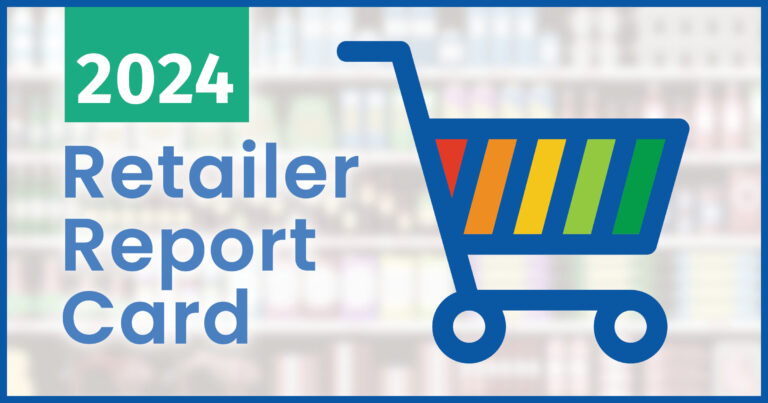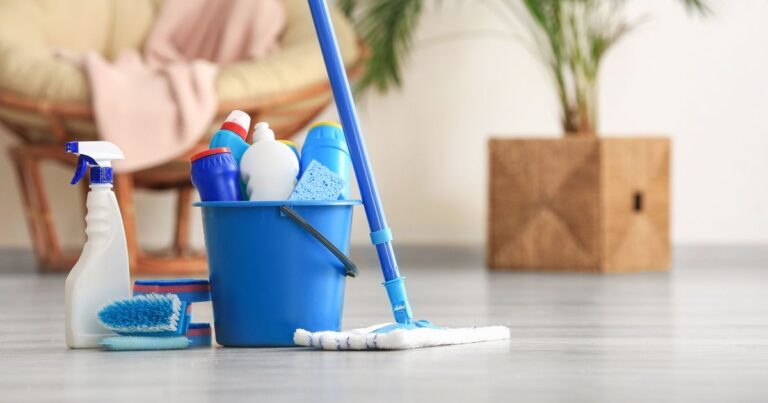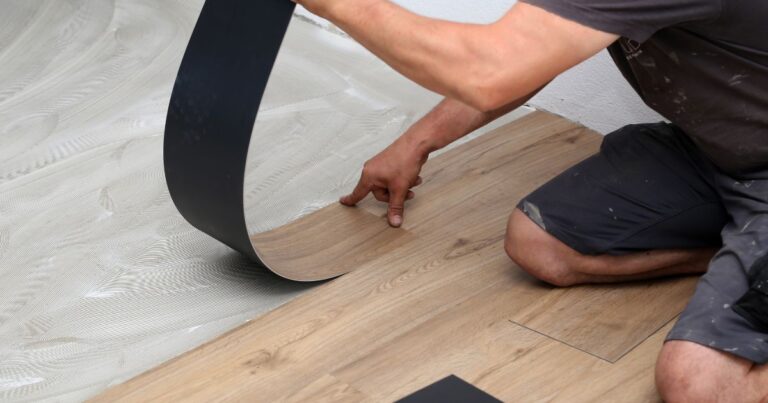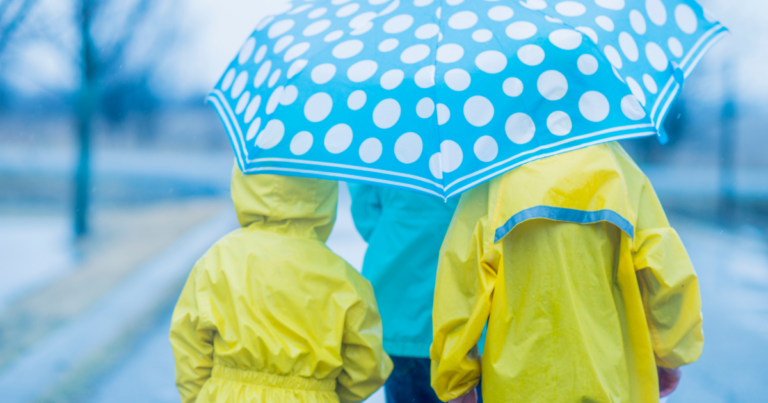Ban PVC and vinyl chloride
What is PVC plastic?
PVC (polyvinyl chloride) is a widely-used plastic that is made from vinyl chloride—a known human carcinogen associated with liver cancer, brain and lung cancers, and cancers of the blood.
The largest uses of PVC include building materials like flooring, siding, drinking water and other piping, as well as carpeting. PVC is also used in other products such as single-use packaging, children’s toys, and apparel.
The Problem
From production and use to disposal, PVC poses serious threats to human health and the environment, exposing low-income communities and communities of color, workers, and consumers to dangerous chemicals.
Making PVC threatens our communities, health, and climate
PVC exposes children, pregnant women, and consumers to toxic additives
PVC production and disposal disproportionately harm communities of color
PVC is harmful to the end
-
The toxic vinyl chloride train route
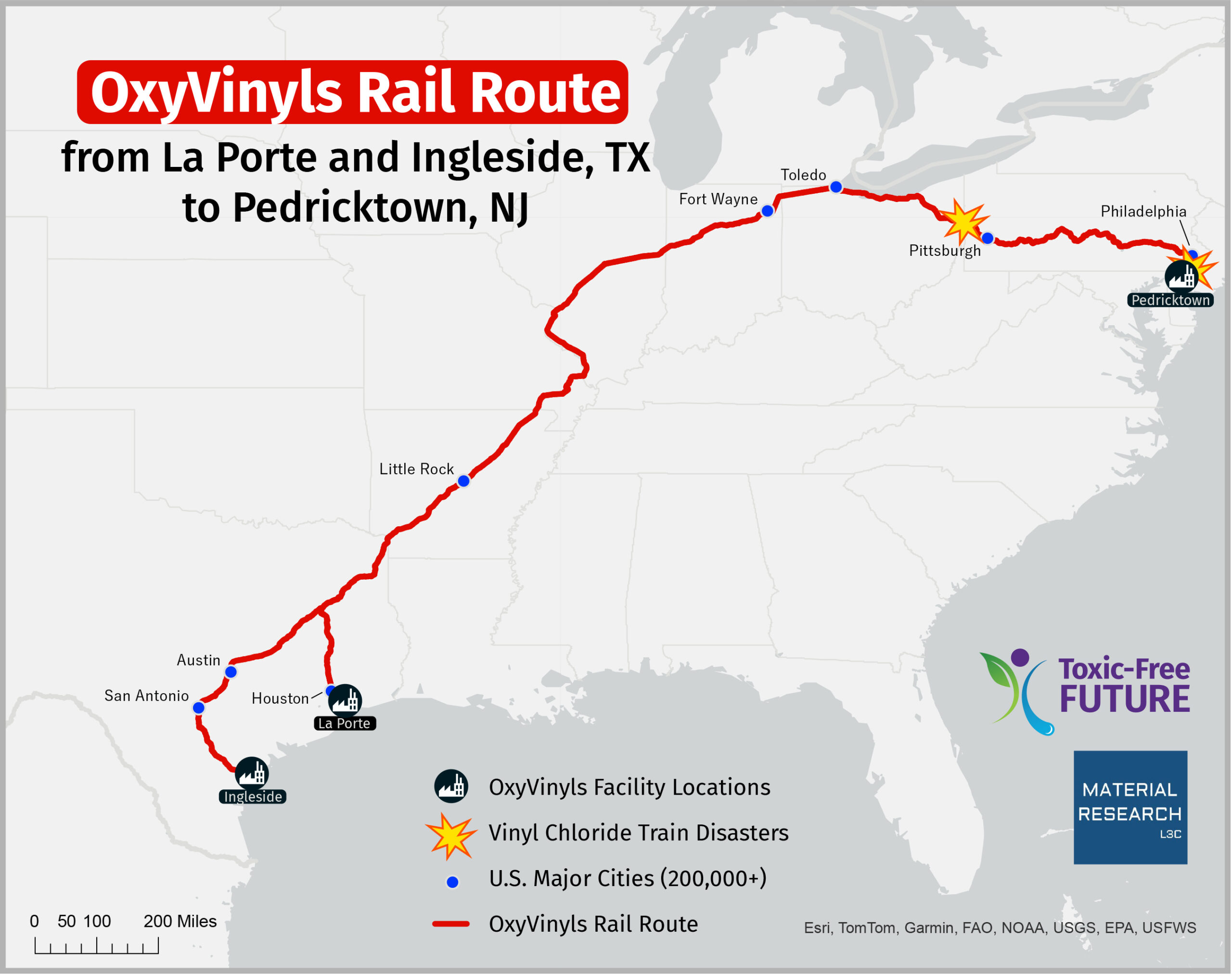 At any given moment, up to 36 million pounds of toxic vinyl chloride are being shipped via rail by America’s largest producer, OxyVinyls, according to Toxic-Free Future’s 2024 report, Toxic Cargo.
At any given moment, up to 36 million pounds of toxic vinyl chloride are being shipped via rail by America’s largest producer, OxyVinyls, according to Toxic-Free Future’s 2024 report, Toxic Cargo.
This map reveals, for the first time, the most likely train route that vinyl chloride travels from OxyVinyls plants in Texas through hundreds of towns along 1,979 miles of tracks and through multiple major cities.
The Solution
Now is the time to advance meaningful common-sense government and corporate policies to ban PVC. To address environmental justice concerns, the climate crisis, and plastics pollution, governments and companies must adopt comprehensive safer chemicals policies to reduce and eliminate the production, use, and disposal of the toxic chemicals involved in PVC’s lifecycle and of PVC itself, while at the same time advancing the use of safer chemicals and materials.
The good news is that safer alternatives are readily available.
- Linoleum, wood, and cork flooring
- Fiber-cement siding
- Recycled copper piping
- Recycled paper/cardboard packaging
What's happening now?
Updated as of May 2024
Safer solutions are not only in reach, but governments and corporations around the world have enacted or are considering policies to phase out PVC and switch to safer products.
Retailer commitments
- Major businesses and retailers have adopted policies to phase out and ban PVC including Apple, HP, IKEA, Johnson & Johnson, Microsoft, Nike, and Samsung.
- Dozens of leading businesses have signed onto the U.S. Plastics Pact to eliminate PVC and other problematic packaging materials, such as Target and Walmart.
State policies
- So far in 2024, seven states have introduced bills to restrict PVC in packaging including MA, MD, NH, NJ, NY, RI, VT.
- Washington state is considering regulating chlorinated chemicals, such as vinyl chloride, through its Safer Products for Washington law.
Federal policies
On July 24, 2024, the U.S. EPA proposed designating vinyl chloride as a high-priority chemical under the Toxic Substances Control Act (TSCA), because it may present an unreasonable risk to people and the environment.
International policies
The European Chemicals Agency (ECHA) released an investigation recommending regulatory action on PVC additives (like ortho–phthalates, organotins, and flame retardants) and PVC microplastics across the European Union.
What is the truth about recycling?
When it comes to plastic, it’s now abundantly clear that recycling can’t turn plastic into a safe and sustainable material. The only real solution is to reduce our reliance on plastic by moving to safer and reusable materials.
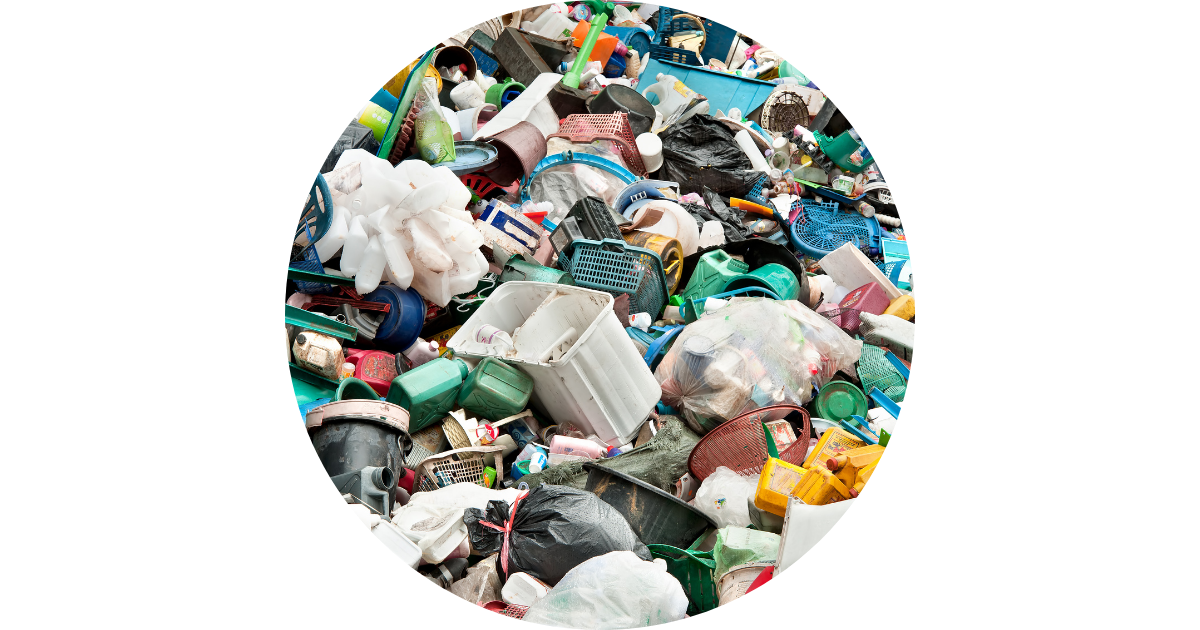
BAN PVC AND VINYL CHLORIDE
Our Key Projects & Priorities
Toxic-Free Future is working to advance common-sense corporate and governmental policies to ban this dangerous plastic and advance safer solutions for communities, workers, and consumers.
The Home Depot, ban PVC!
Our Mind the Store program showcases how major retailers can play a critical role in phasing out and banning this poison plastic, as many leading businesses have already done.
That’s why we are calling on major retailers like The Home Depot to join them and ban PVC. As the largest home improvement chain in the U.S. and the world, The Home Depot can play a critical role in advancing solutions and promoting healthier indoor environments and communities by reducing and eliminating the sale of this hazardous plastic in building materials and packaging.
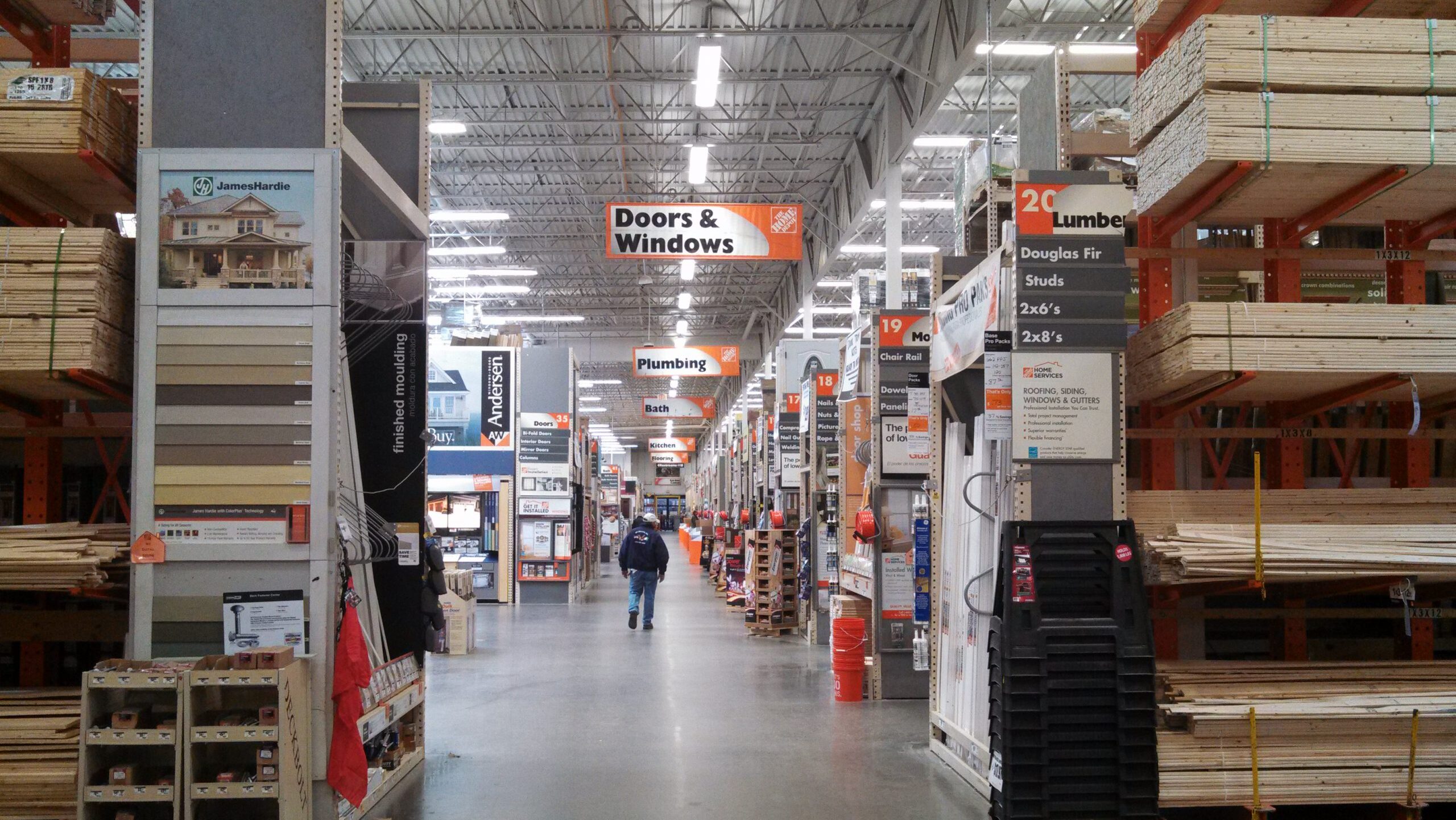
EPA, ban vinyl chloride!
As part of our federal policy work, we are advocating for the EPA to follow the science and the law and ban vinyl chloride (PVC’s primary building block chemical) under the Toxic Substances Control Act (TSCA). This would go a long way toward ending PVC use and production once and for all across the country.
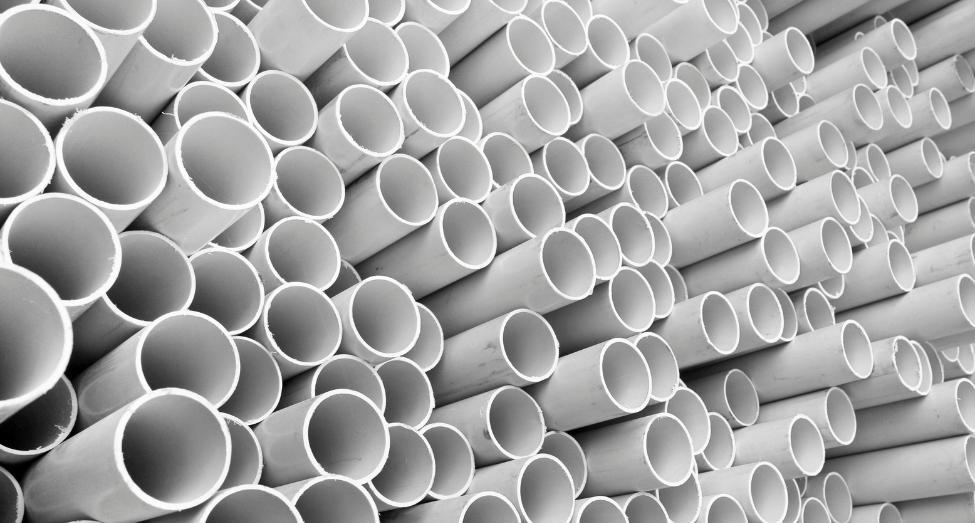
Safer Products for Washington Act
In 2023, Washington state announced a proposal to identify chlorinated chemicals, such as vinyl chloride used to make PVC, as a priority chemical class as part of the next cycle of regulations in the Safer Products for Washington law, the nation’s strongest law regulating toxic chemicals in products and packaging. Washington state, along with other states, should ban PVC in favor of safer alternatives. Our partners in states across the country are advancing laws to restrict PVC in packaging. For more on what other states are doing, visit Safer States’ Bill Tracker.
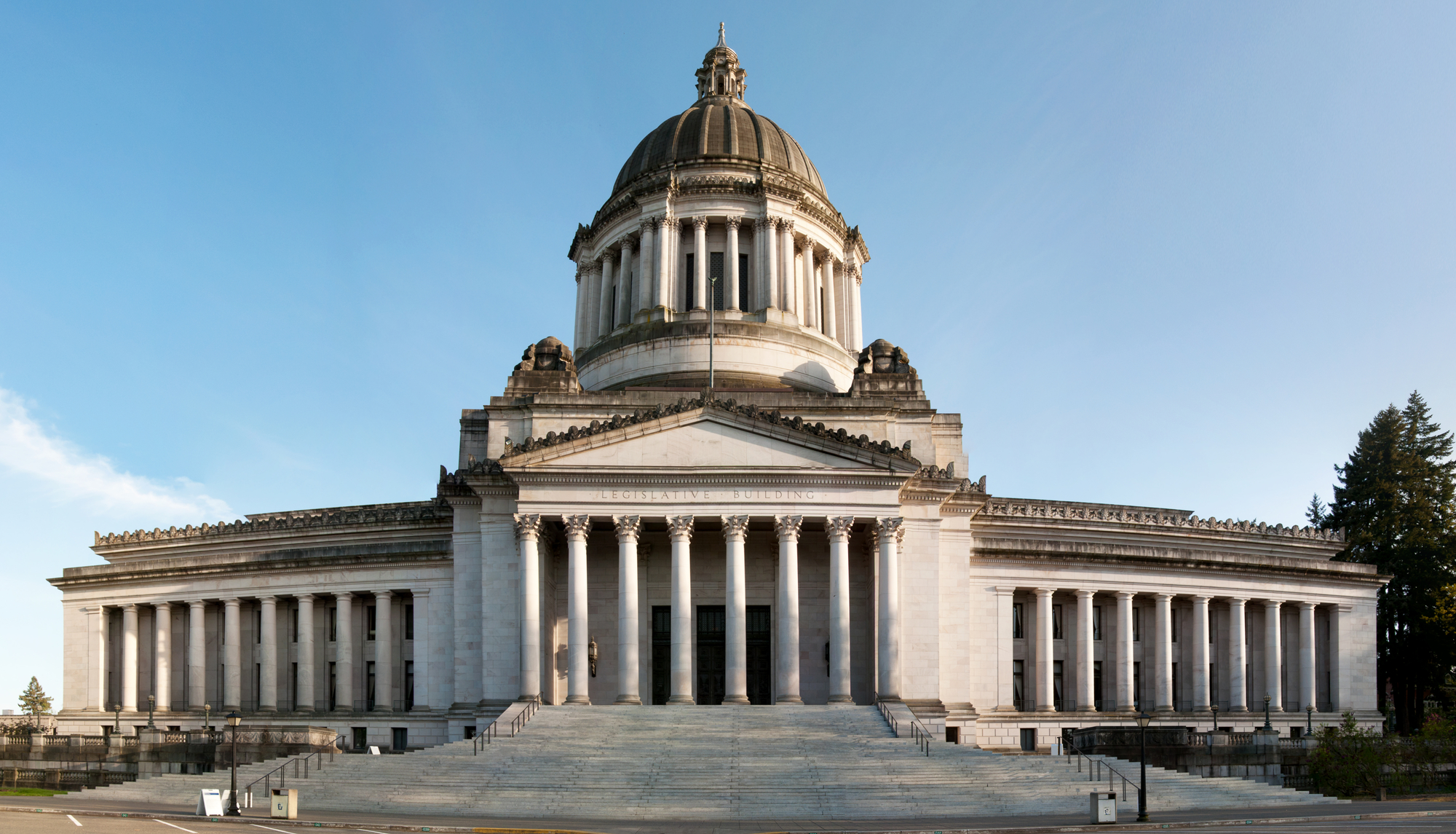
Healthy Housing
Most PVC is used for building materials like flooring, windows, and doors. We are partnering with architects and housing advocates to steer affordable housing developments away from PVC and toward safer materials.
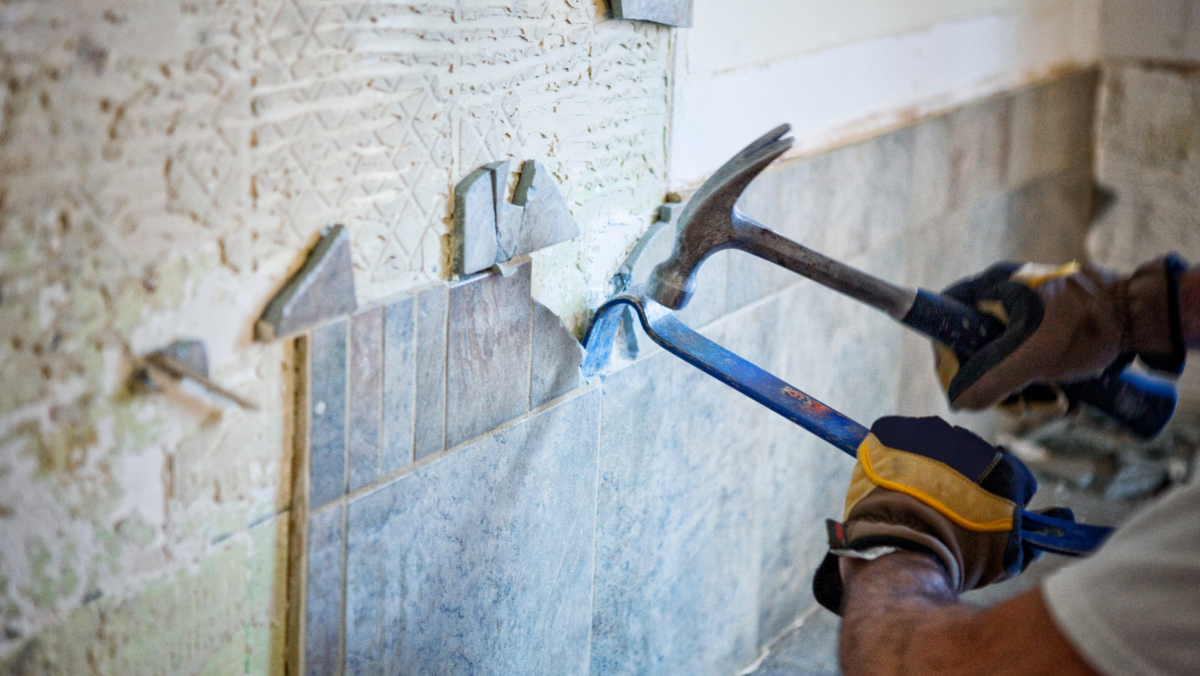
Our resources
Toxic-Free Future Reports
Latest news on PVC and vinyl chloride
